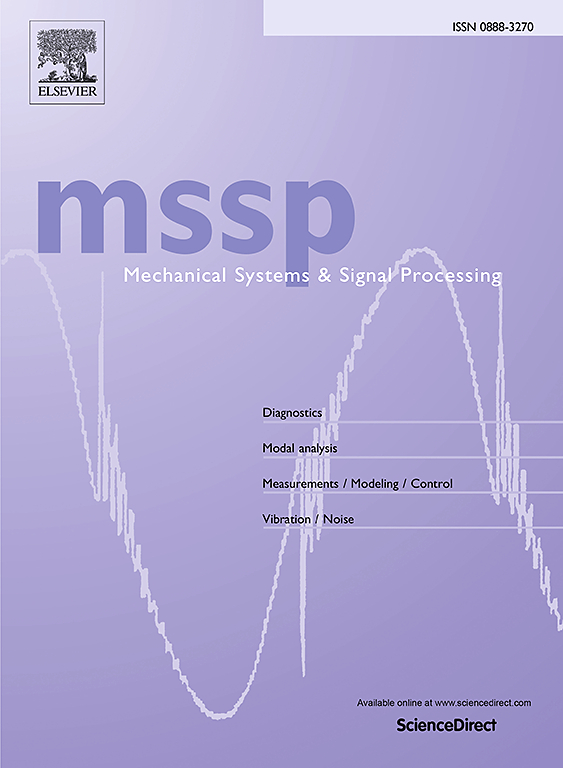Task similarity guided transfer learning for acoustic emission-based rail crack assessment
IF 7.9
1区 工程技术
Q1 ENGINEERING, MECHANICAL
引用次数: 0
Abstract
Transfer learning (TL) has recently experienced significant growth in structural health monitoring (SHM), offering potential solutions to the overfitting problem caused by limited training samples by utilizing knowledge in well-trained models from source to target domain or task. While the discrepancy between source and target domains in TL-aided SHM has been extensively studied, the task similarity (TS) between source and target tasks, a critical aspect of TL within computer science-related disciplines, has not been thoroughly explored. This study introduces a TS-guided TL framework, termed TSTL, to enhance TL performance in SHM applications, specifically focusing on acoustic emission (AE)--based crack assessment. For this target task, we evaluate various candidate source tasks, including sound event identification, semantical “crack” detection, acoustic scene categorization, and image classification. Using representation similarity analysis (RSA) and centered kernel alignment (CKA), we quantify their similarities with the target task. This approach allows for the selection of most suitable model for this assessment task, minimizing subject judgment. Results show that higher TS can improve the F1 score of AE-based crack assessment. In addition, by selecting the labels closest to “crack”, we construct a specific source task with greater TS to the target task which effectively improves TL’s performance. The proposed TSTL approach offers a new perspective for SHM applications in similar contexts.
求助全文
约1分钟内获得全文
求助全文
来源期刊

Mechanical Systems and Signal Processing
工程技术-工程:机械
CiteScore
14.80
自引率
13.10%
发文量
1183
审稿时长
5.4 months
期刊介绍:
Journal Name: Mechanical Systems and Signal Processing (MSSP)
Interdisciplinary Focus:
Mechanical, Aerospace, and Civil Engineering
Purpose:Reporting scientific advancements of the highest quality
Arising from new techniques in sensing, instrumentation, signal processing, modelling, and control of dynamic systems
 求助内容:
求助内容: 应助结果提醒方式:
应助结果提醒方式:


